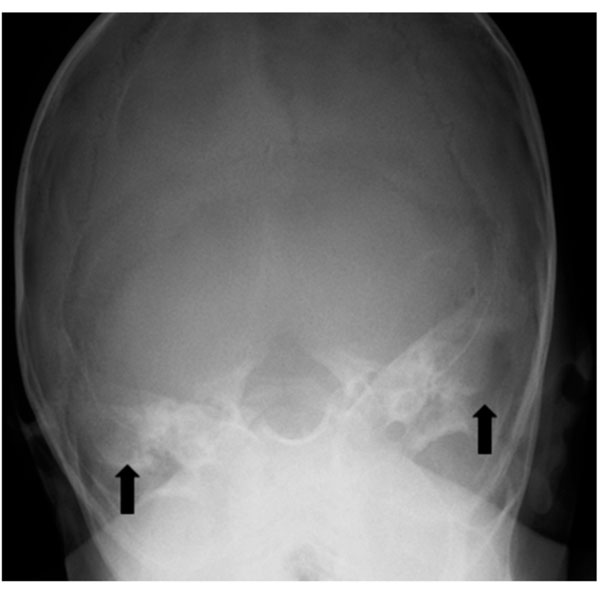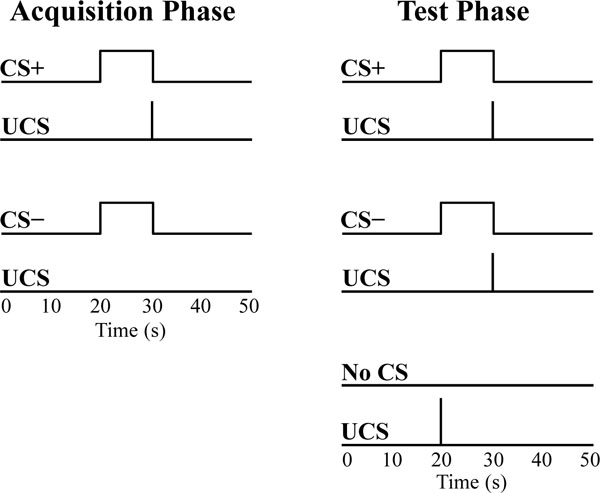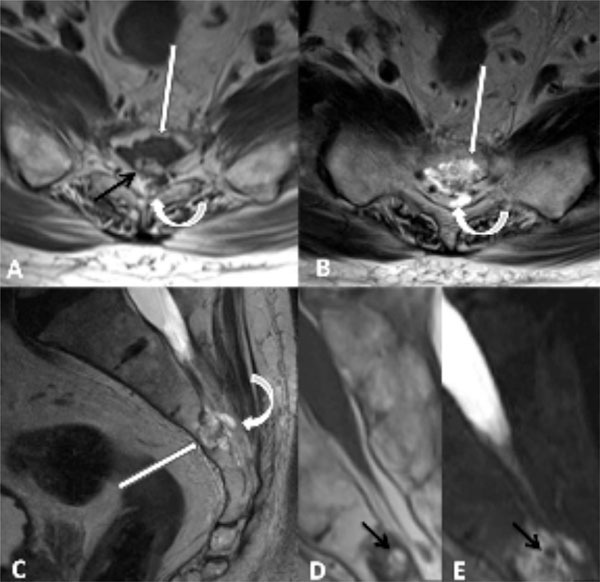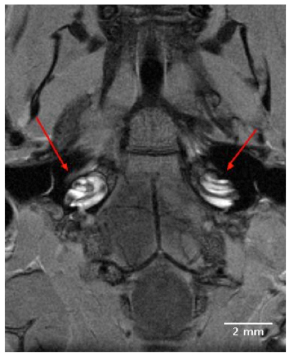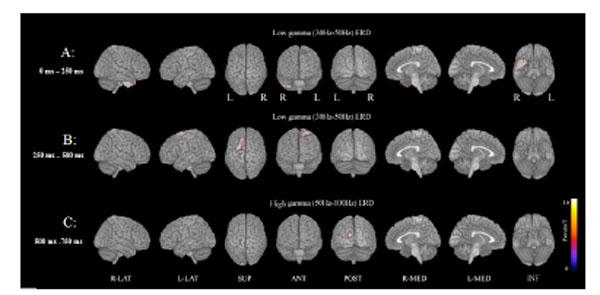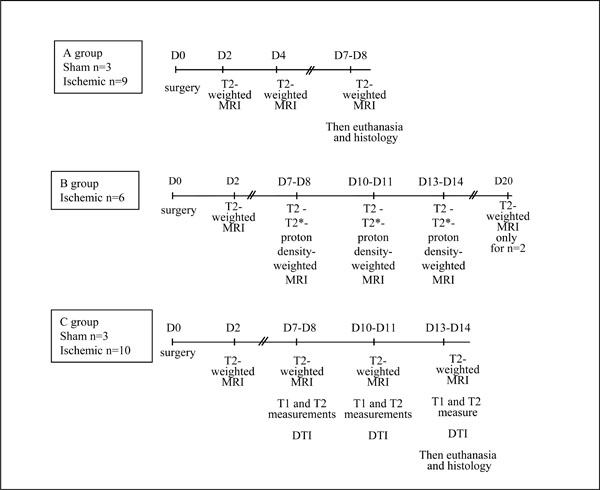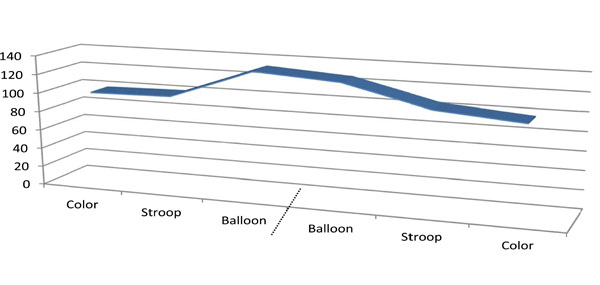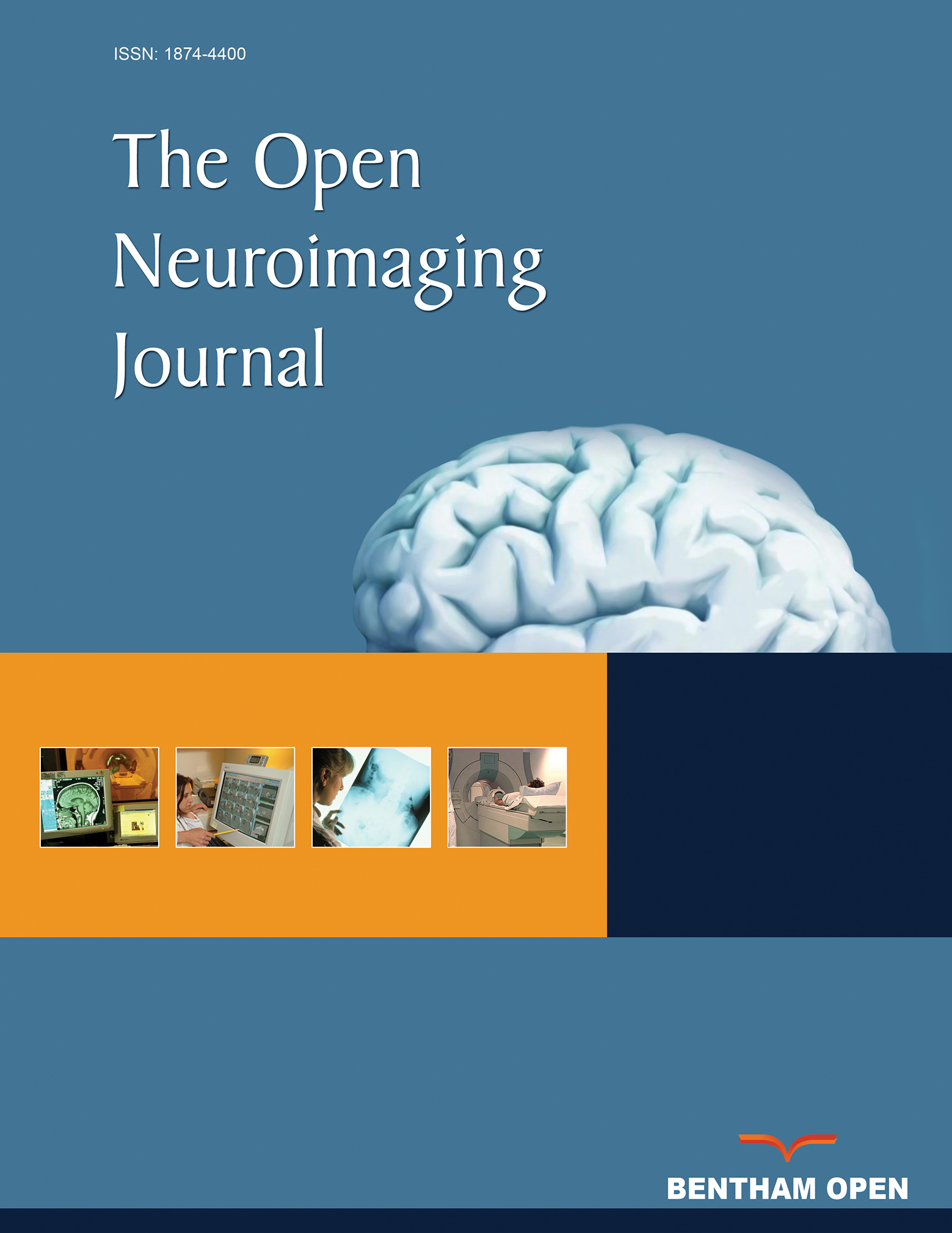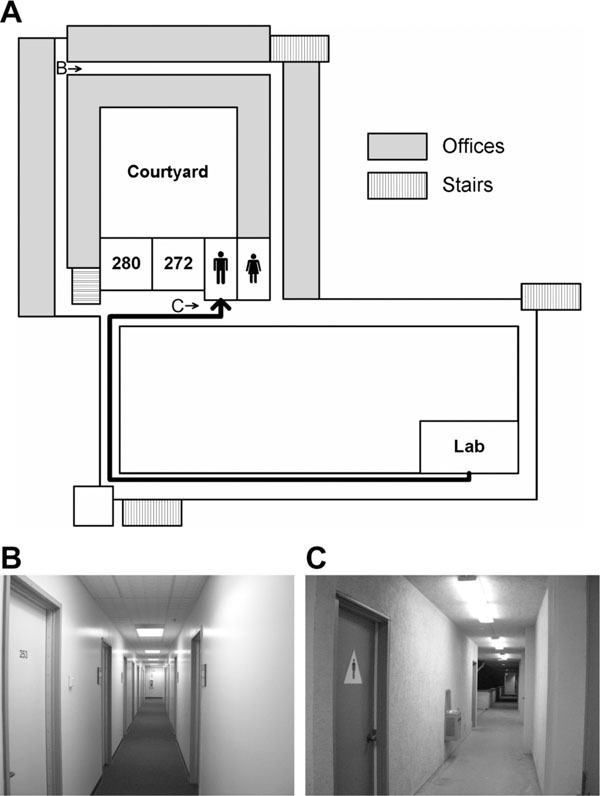
RESEARCH ARTICLEDOI: 10.2174/1874440001307010058
All articles published in Open Neuroimaging Journal are now available worldwide under an open-access license. No specific permission is required to reuse all or part of the Open Neuroimaging Journal article, including figures and tables. Any part of an article published under a Creative Commons CC BY license may be copied without permission as long as the original material is clearly referenced.
https://openneuroimagingjournal.com/open-access-policy.php.
Volume: 7 (2013): 58.
[Electronic Publication Date: December 30, 2013]Ruey-Song Huang and Martin I. Sereno
